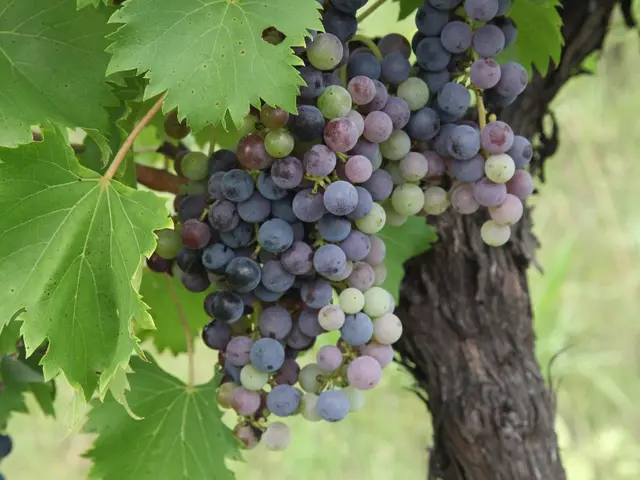Revised USDA Plant Hardiness Zone Map Release: Discover Your New Zone Classification
The United States Department of Agriculture (USDA) has unveiled an updated version of the Plant Hardiness Zone Map, the first major revision since 2012. This new map, released in November 2023, offers a more accurate and detailed representation of the country's climate, using data from 13,412 weather stations—almost double the number used in the previous version.
The updated map reflects an average warming of about 2.5°F (1.4°C) across the conterminous U.S., with about half of the United States shifting warmer by half a hardiness zone. The Great Plains and Midwest experienced the most significant warming, while the Southwest showed less change. Some regions like the Pacific Northwest may now have longer growing seasons due to later frosts.
Compared to the previous map, the new map offers a more precise tool for gardening and agriculture decisions. With half the country’s zones shifting to the next warmer half-zone, gardeners may need to adjust species selection and planting schedules accordingly. The map influences plant survival and cultivation timing, making it essential for gardeners to use when selecting perennials.
The USDA Plant Hardiness Zone Map divides the country into 13 hardiness zones, with each zone further divided into "a" and "b" sub-zones. The map can be accessed on the Department of Agriculture webpage, where users can determine their current hardiness zone using their zip code. It's safer to pick plants with a planting zone range down to a cooler zone than your current hardiness zone to minimize the risk of winter damage.
The new map is a significant step forward in reflecting ongoing climate warming. It provides a valuable resource for gardeners and farmers, helping them pick plants that will thrive in their climate. When selecting perennials, it's important to choose plants with stated growing zones that include your hardiness zone to ensure their survival. For instance, a weeping willow (Salix babylonica) has a planting zone of zones 6 through 9.
The map's value was recognised in 1990 when the USDA worked with the U.S. National Arboretum to revamp it using climate data from thousands of weather stations. The new map also includes more detailed information from states and territories that are not part of the continental United States, such as Alaska.
In conclusion, the updated USDA Plant Hardiness Zone Map offers a more accurate and detailed representation of the country's climate, reflecting ongoing climate warming. This resource is essential for gardeners and farmers, helping them make informed decisions about plant selection and cultivation.
Image Credit: Emerald Coast Growers.
[1] USDA Agricultural Research Service. (2023). New USDA Plant Hardiness Zone Map Released. [online] Available at: https://www.ars.usda.gov/news-events/news/releases/2023/new-usda-plant-hardiness-zone-map-released/
[2] Oregon State University. (2023). New USDA Plant Hardiness Zone Map Released. [online] Available at: https://prism.oregonstate.edu/usda2023/
[3] National Arboretum. (2023). USDA Plant Hardiness Zone Map. [online] Available at: https://www.usna.usda.gov/HardinessZones/
[4] National Oceanic and Atmospheric Administration. (2023). USDA Plant Hardiness Zone Map. [online] Available at: https://www.noaa.gov/weather/usda-hardiness-zone-map
[5] National Gardening Association. (2023). USDA Plant Hardiness Zone Map. [online] Available at: https://www.garden.org/hardiness-zones/
The new USDA Plant Hardness Zone Map, released in November 2023, serves as a valuable resource for home-and-garden enthusiasts and farmers, as it provides more precise information for gardening and agriculture decisions. With half the country’s zones shifting to the next warmer half-zone, home-and-garden enthusiasts may need to adjust species selection and planting schedules accordingly, making the map essential for gardening decisions, particularly when selecting perennials.
When selecting perennials, it's important for home-and-garden enthusiasts to choose plants with stated growing zones that include their hardiness zone to ensure their survival, such as a weeping willow (Salix babylonica) with a planting zone of zones 6 through 9.






